
Fall Can Be Tough on Houseplants. Here’s How to Keep Yours Alive and Thriving.
These tips will make your plants happy.
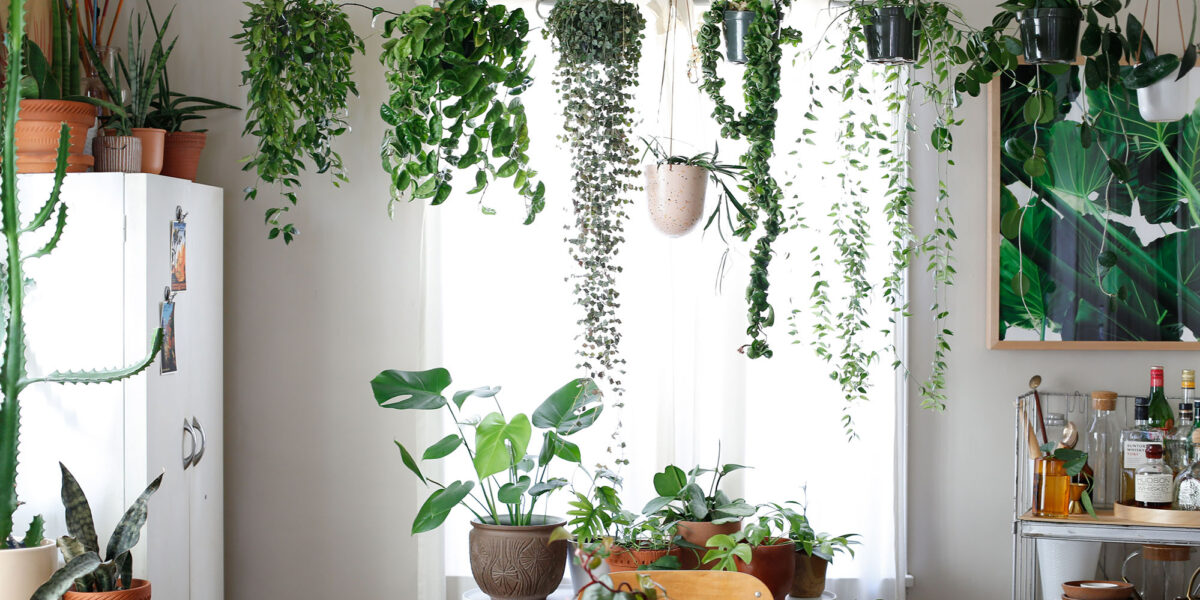
Danae Horst
Looking to extend your gardening routine into the cooler months? We’re giving you the green light to green thumb indoors! No matter where you live in the West, houseplants continue to be both a style statement and a connection to nature within our homes. Whether you’ve got a growing gallery of greenery or are just looking to add a few new potted pretties, Danae Horst, owner of Folia Collective and author of Houseplants for All: How to Fill Any Home with Happy Plants, shares her expert tips on how to keep your plant pals healthy during the seasonal shift.

Photo by Suzanne Born
Seek the Sun
Shorter days and changes in the sun’s angle can have a big impact on your plants. Rearrange to ensure they’re getting the best light possible—you may need to move them closer to a window, or adjust the area of the room you have them styled in. Numerous yellowing leaves, or other major changes in appearance, are often a sign that the plant needs more light. If you are unable to move plants, consider plugging in a grow light—there are many stylish options, including bulbs that can be screwed into any lamp.
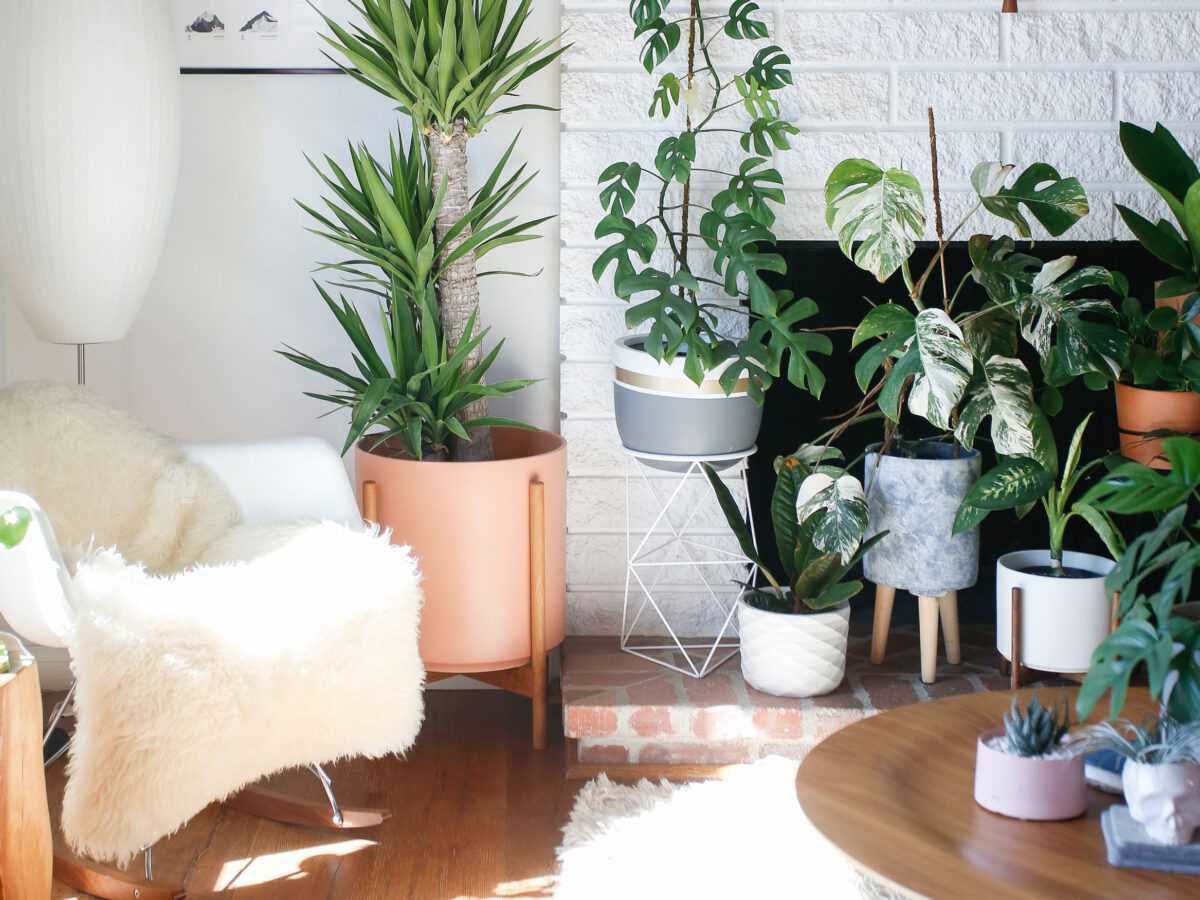
Danae Horst
Clean-up Crew
If you’re bringing plants in from outdoors, dirt and pests may have hitched a ride. Wipe down leaves and stems with a soft cloth using water and diluted neem oil. Inspect each plant for signs of pests and quarantine any affected plants until they’ve been treated. Pests may be hiding in the soil, so consider keeping all outdoor plants separate from year-round indoor plants.
Hungry for Humidity
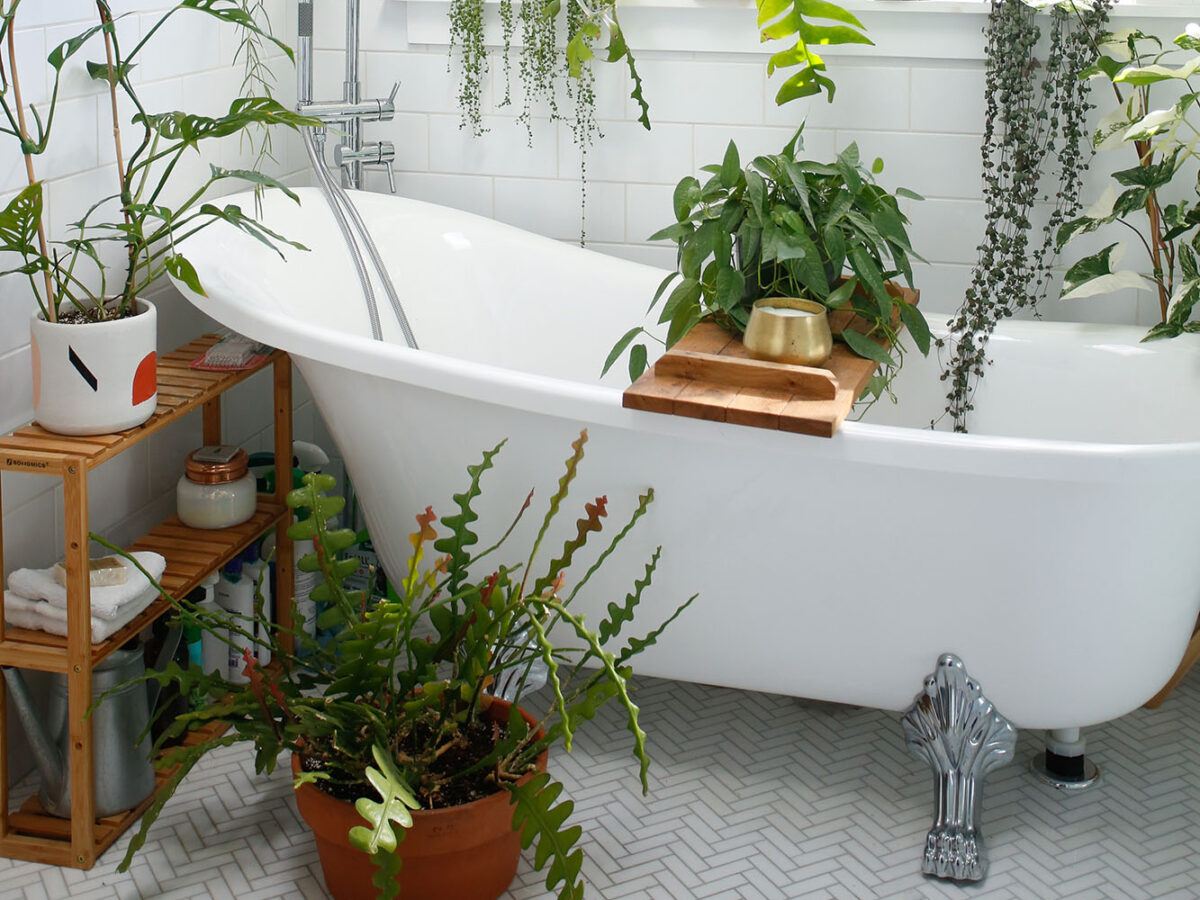
Danae Horst
Is your skin feeling dry? Imagine how your plants feel! Cold, drier air, and heaters running in the home mean you may need to add humidity to the rooms you keep plants in—especially tropical plants. Low humidity is an ideal condition for pests like spider mites, but if you don’t want to commit to a humidifier, try creating a humidity tray by filling a tray with pebbles and enough water to reach just below the surface of the pebbles. When you set plants on top, the area right around those plants will have additional moisture.
The Slow Down
Less light, lower temperatures, and natural dormancy periods mean plants use the water in their soil more slowly. Adjust watering frequency to accommodate these changes, and always remember that the best way to tell if a plant needs to be watered (no matter the time of year) is to check the moisture level of the soil first. If you’re not seeing new leaves or additional height on your plants during cooler months, don’t stress—many plants will have slower growth, and some (like oxalis, caladium, and alocasia) even go dormant altogether.
No Chill Zone
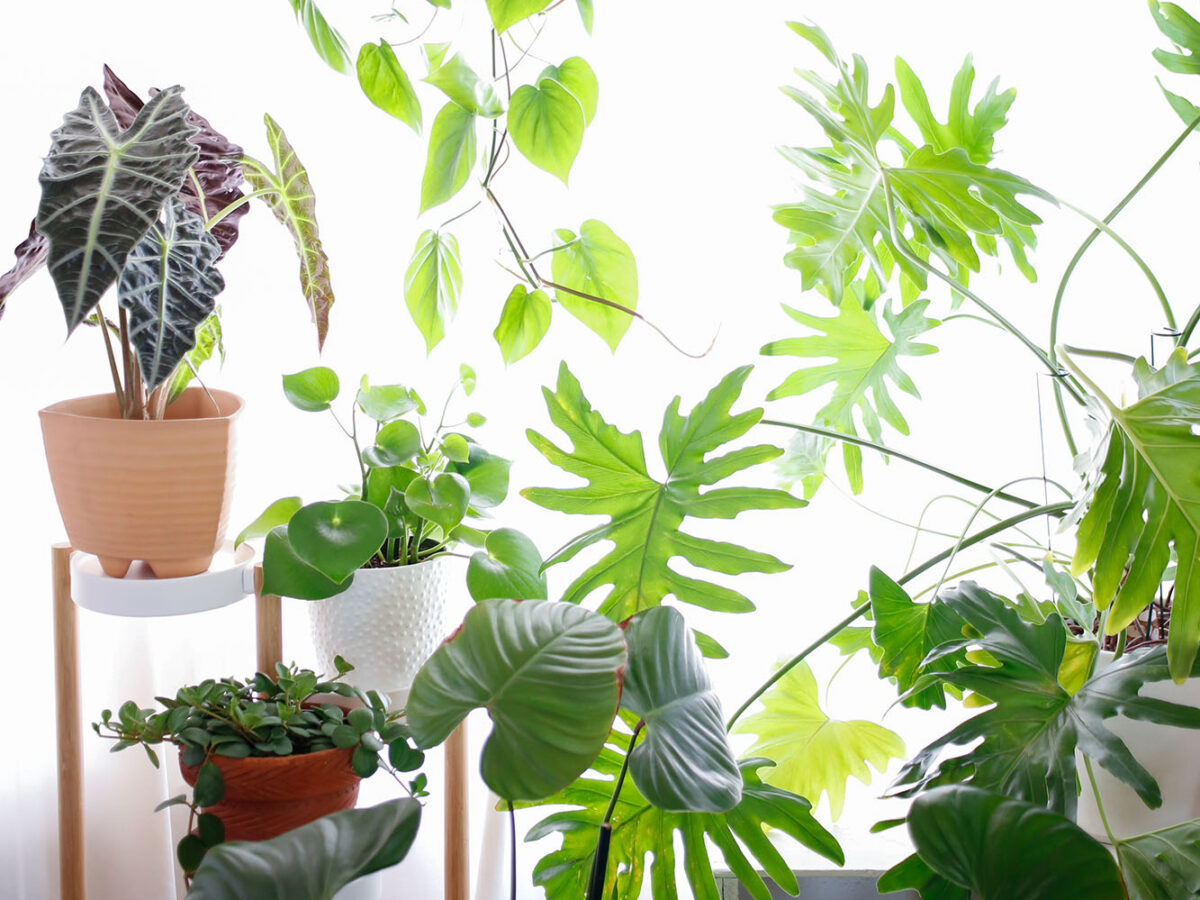
Danae Horst
While windowsills often provide the best light for plants, when the temperature drops, windows can get a bit too cold for most houseplants. Keep leaves from touching the glass on cold days, and if you notice cold damage to your plants, move them further away.
For more plant care and design tips, pick up a copy of Danae Horst’s Houseplants for All: How to Fill Any Home with Happy Plants.
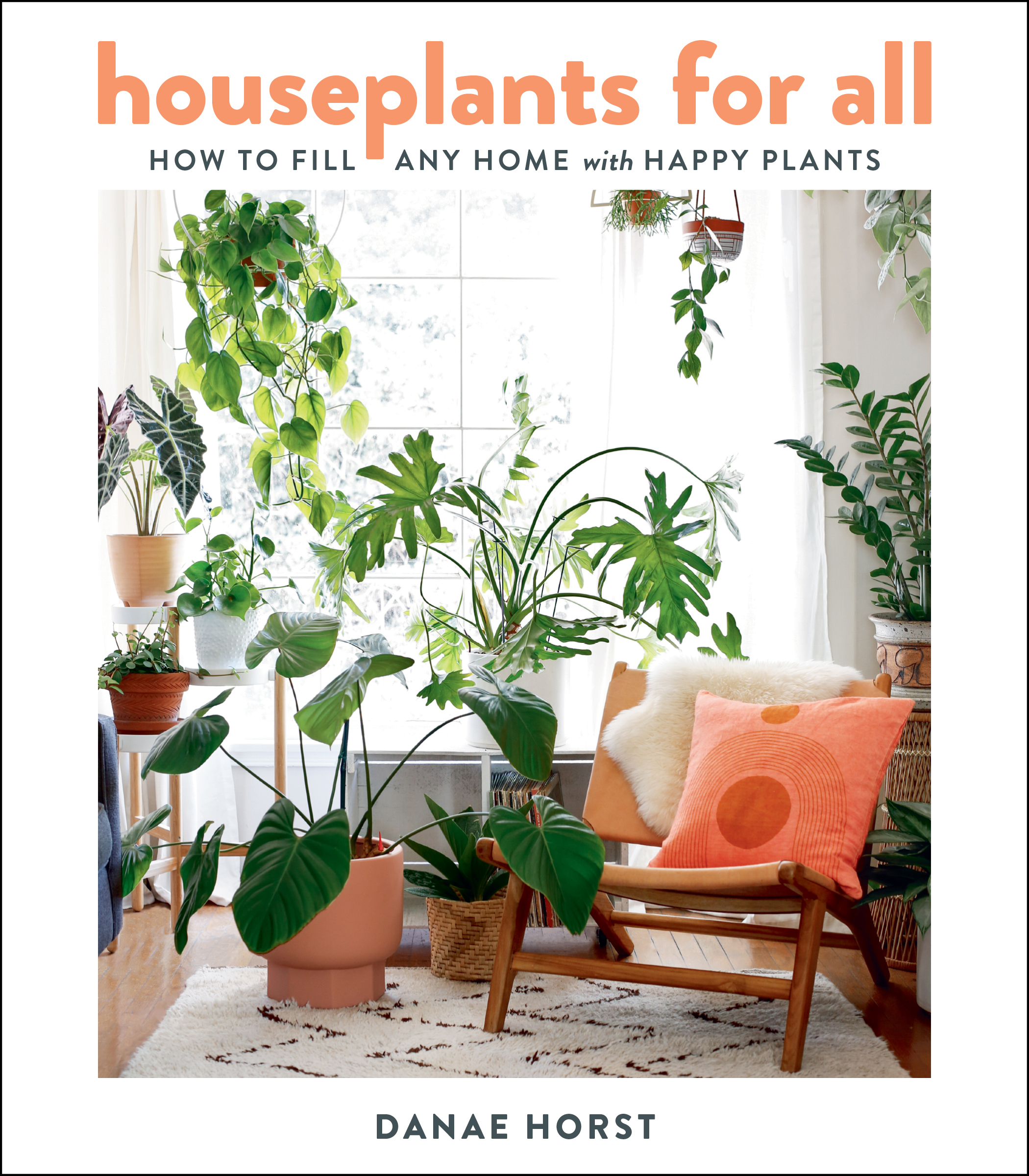
Danae Horst
We only recommend things we love. If you buy something through our site, we might earn a commission.
